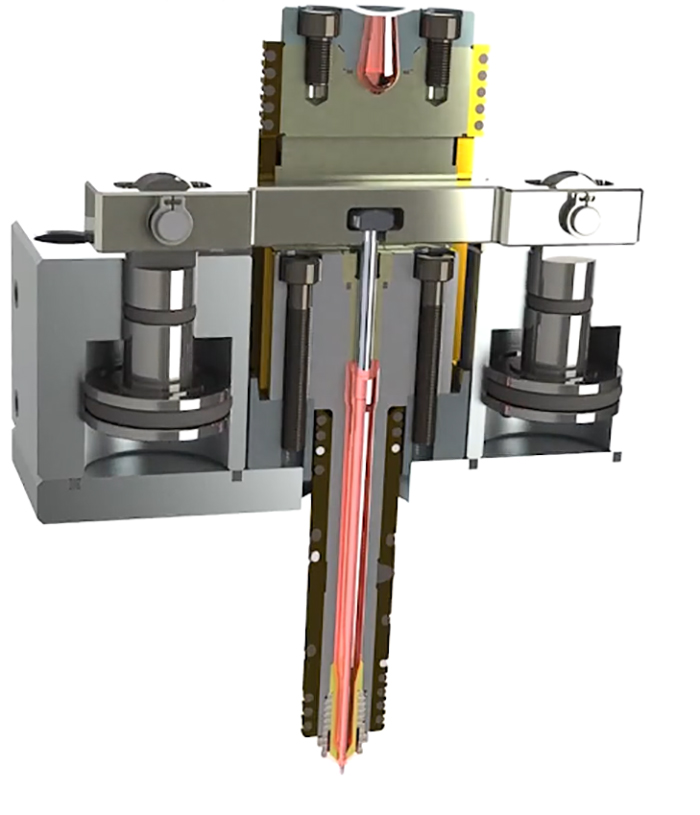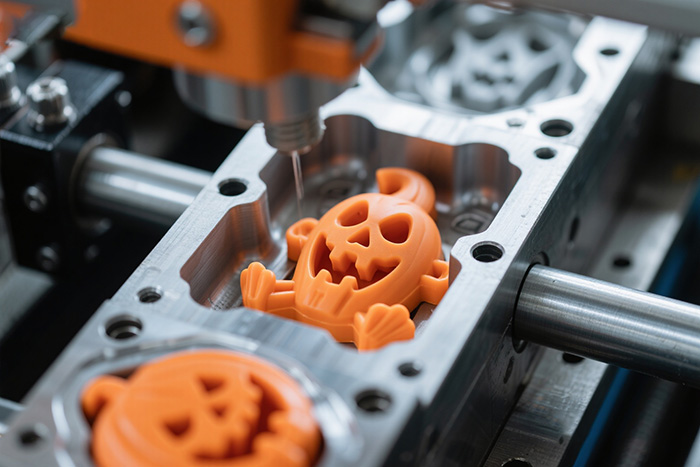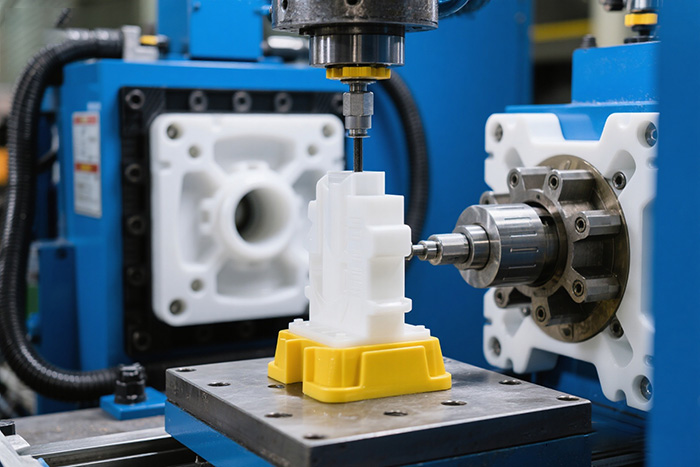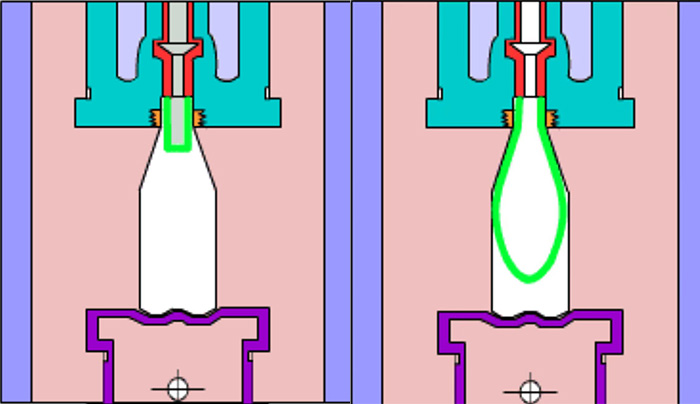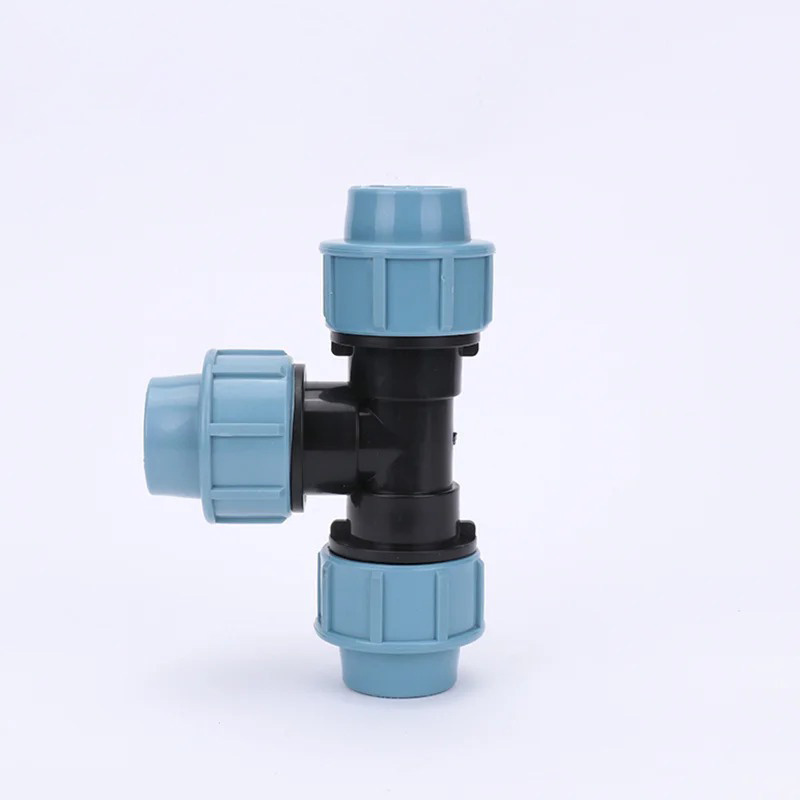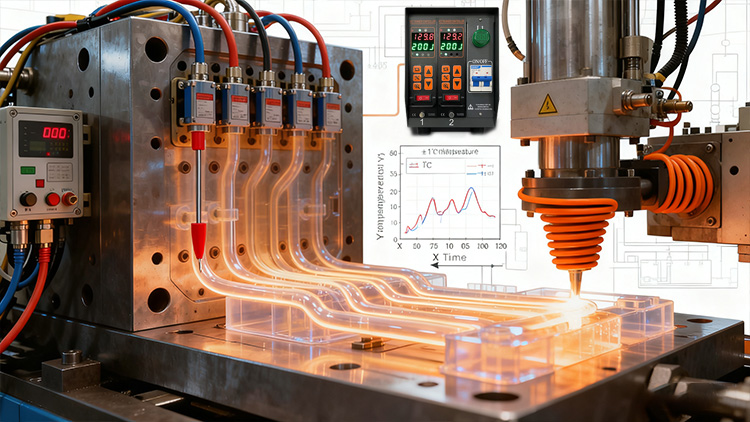Mastering Temperature Control for Optimal Injection Molding
2025-01-09
The injection molding process is a cornerstone of modern manufacturing, producing everything from intricate medical components to everyday consumer goods. This technique involves injecting molten plastic into a precisely designed mold, where it cools and solidifies into the desired shape. However, for this process to yield high-quality, defect-free products consistently, managing the temperature of the mold is critical.
The temperature of both the mold and the injected material must be carefully controlled to ensure the material flows correctly, maintains uniformity, and sets without distortion. This is where temperature controllers come into play—tools that provide the necessary regulation of heat to achieve these outcomes efficiently.
The precise management of mold temperature is essential in various facets of injection molding. First, temperature affects the cooling and solidification rates of the material.
A mold that is too cold can cause rapid cooling, leading to poor mold fill and defects such as warping or shrinkage. On the other hand, a mold that is too hot can result in excessive material flow, which might lead to surface imperfections or degradation of the material.
Therefore, temperature controllers ensure that molds maintain the optimal heat level throughout the process, balancing the need for cooling and heating to prevent imperfections, reduce cycle times, and maintain product consistency. The two most significant temperature control systems in injection molding are the Injection Mold Temperature Controller (IMTC) and the Hot Runner Controller (HRC).
These devices each serve unique yet complementary roles in the molding process. The IMTC manages the temperature of the mold itself, ensuring that heat is distributed evenly to prevent defects.
Meanwhile, the Hot Runner Controller focuses on temperature regulation within the runner system, keeping the molten plastic at an ideal temperature as it travels through channels to reach each mold cavity. Both controllers are indispensable for achieving the best results in high-precision manufacturing, contributing to faster cycles, reduced energy consumption, and superior product quality.
Injection Mold Temperature Controllers (IMTC)
Ensuring Consistency: The Heart of Mold Temperature Regulation
The Injection Mold Temperature Controller (IMTC) is designed to maintain the precise temperature of the mold's surface, ensuring uniform heat distribution and effective cooling. The core function of the IMTC is to regulate the mold's temperature within a narrow, predefined range, which is crucial for ensuring the consistency of the molded parts.
If the mold is too cold, the material may not flow properly, leading to incomplete filling or defects. If the mold is too hot, the part may deform, exhibit surface imperfections, or shrink unevenly.
Therefore, the IMTC's role is not just to heat the mold but to balance the heating and cooling cycles to achieve consistent part quality with minimal defects. An effective IMTC system consists of several key components.
The most critical of these are the temperature sensors—either thermocouples or Resistance Temperature Detectors (RTDs)—that provide real-time temperature feedback. These sensors are placed strategically within the mold to monitor temperature variations at different points.
Heating elements, such as electric or cartridge heaters, are then activated to raise the mold's temperature. To counteract excess heat, cooling systems (such as water or oil cooling circuits) are used to regulate the mold's temperature by absorbing and dissipating heat.
The temperature data from the sensors is continuously analyzed by the PID controller, which adjusts the heating and cooling systems to maintain the desired setpoint. The **control panel and display** provide the user with an interface to set, monitor, and adjust the mold's temperature settings.
Temperature control systems can vary in complexity, depending on the specific needs of the molding process. Water-based temperature controllers are commonly used in applications where cost-effectiveness and moderate heat capacity are needed.
They are well-suited for standard molding processes that don't demand extreme temperature regulation. For more specialized applications, oil-based temperature controllers are employed.
These are ideal for high-heat applications, as oil can maintain temperature more effectively at higher levels. Direct cooling systems are used when precise cooling rates are critical to achieving the desired part quality, offering fine control over temperature changes.
Hot Runner Controllers (HRC)
Precision Flow Control: A Critical Element for Complex Molds
Hot runner systems are integral to injection molding when producing parts with multiple cavities or complex geometries. These systems consist of heated channels that deliver molten plastic from the injection molding machine to the cavities, ensuring the material flows uniformly to form a consistent part.
The Hot Runner Controller (HRC) plays a crucial role in maintaining the temperature within the hot runner system itself. It ensures that each nozzle and manifold stays at the ideal temperature, preventing material degradation and ensuring consistent material flow throughout the molding process.
By maintaining optimal temperatures in each section of the system, the HRC helps avoid common problems like short shots, inconsistent material flow, or excessive flashing. The HRC typically operates with multiple heating zones, where each zone is controlled independently to accommodate the varying requirements of the mold.
The system includes thermocouples or similar sensors located at critical points, such as nozzles and manifolds, which monitor temperature in real-time. Each zone has its **heating element**, which is controlled by the **PID control system.
This ensures that the temperature remains steady, even during long production runs. The controller units are typically equipped with a power supply unit to provide energy to the various heating zones, allowing for efficient power distribution and energy savings.
This granular control over temperature is significant for multi-cavity molds where temperature variations can significantly impact part consistency. The working principle behind the **Hot Runner Controller** is rooted in continuous feedback loops.
The thermocouples or sensors measure the temperature at specific locations within the system, and the controller adjusts the heating elements accordingly. This constant interaction ensures that each zone in the hot runner system stays within the optimal temperature range.
Managing temperature stability across multiple zones can be challenging, especially for large molds, but modern HRCs are built to address this complexity. Their ability to regulate temperatures precisely across different sections helps optimize the material flow, which, in turn, improves the overall quality and consistency of the molded parts.
Conclusion
Precision, Efficiency, and the Future of Molding
Temperature control in injection molding is a critical element that cannot be overstated. The advanced systems provided by Injection Mold Temperature Controllers (IMTC) and **Hot Runner Controllers** (HRC) are indispensable tools for ensuring consistent part quality, reducing cycle times, and enhancing overall production efficiency. By maintaining precise temperature regulation throughout the molding process, these controllers enable manufacturers to produce high-quality products that meet demanding industry standards.
As the technology behind temperature controllers continues to evolve, the future promises even more sophisticated and energy-efficient solutions. With the integration of smart technologies, such as IoT and AI, injection molding systems will become even more responsive, adaptive, and sustainable.
In the years to come, the push for higher precision, lower energy consumption, and greater automation will further refine the injection molding process, leading to faster, more cost-effective production with enhanced product quality. Ultimately, as manufacturing advances, these temperature controllers will play a crucial role in shaping the next generation of products.
The evolution of these systems is not just about improving efficiency; it's about providing manufacturers with the tools they need to stay competitive in an ever-changing global market. With continuous innovation, the future of injection molding looks brighter than ever.
